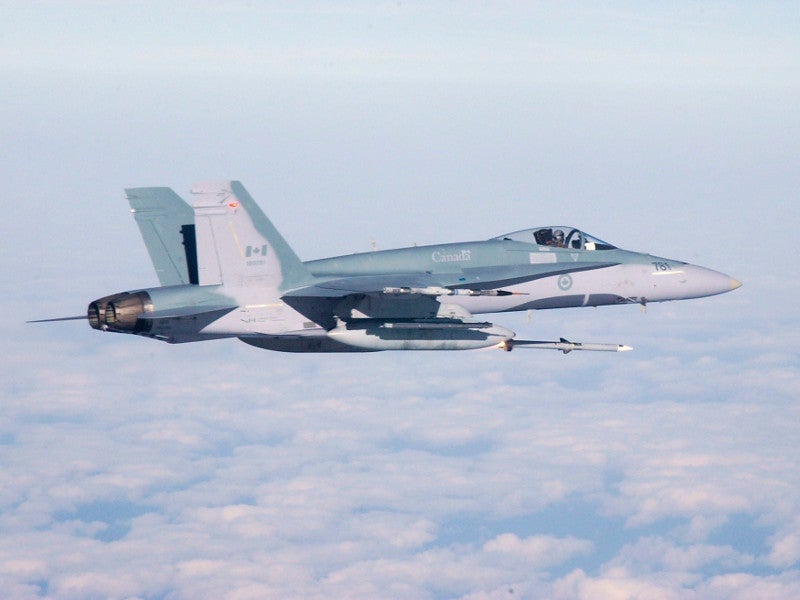you are using and abusing the charts.
Firstly, I remember you were very much supporting the use of manual at the start of this thread
The Mig-23 could not outperform F-4 especially the D and E versions in a dogfight. Mig-21 is actually better than Mig-23. Mig-23 simply was an overcomplicated design that was mostly manually operated. Mig-23's lackluster performance was further compounded by the fact the almost immediately...

defenceforumindia.com
Secondly, as I said previously, yes, I use manual data a lot, but that because they are test data, there is no motivation to increase or reduce the number in the manual from the real recorded value. And manual data can give you the exact capability of an aircraft in exact conditions. The accuracy and details of manual data can't be argued against. By contrast, anecdotal evidence such as a generic test story doesn't give you any of that, there could be a million unknown variable in a generic story that you don't know and you can't know, all of which can affect the end result.
Example your 20000lb quotation forgot not the human but a missile, since by adding a single missile is 162kg, gun shells 142kg, pilots 70-80 kg even a weight of 1550 kg in fuel remember you forgot oil already is 1950kg or 4300lb.
So then you correct yourself since it was stupid to say the F-16 will take off with a single missile.
Then you change your point and say 21000lb weight, but what happens then?
Do you have the Chart? no you do not know so you need now the 24000lb chart.
So you enter in the part of expeculation.
Now you are lying again
I didn't reference the 20,000 lbs column at any point in this discussion. In my first post about F-16 acceleration, I already used the 24,000 lbs column and later the 28,000 lbs column as well.
My original reasoning was that
F-16 empty weight is 19,700 lbs
JP-8 fuel used on F-16 has a density between 0.775 – 0.840 kg/L so 2000 liter will weight 1550- 1680 kg (3417- 3703 lbs)
AIM-120 weight 335 lbs
So F-16C with 2000 liter of fuel, and 2 AIM-120 will weight 23,787 - 24,073 lbs, and wing tip AIM-120 has drag index =0. A pilot weight 55 kg so you can add another 114 lbs
In the end, F-16 weight 23,901- 24,187 lbs
But with added data from the flight manual we then know the empty F-16C with pilot, oils, 2 wing tip AIM-120C and full load of 20 mm rounds are 21,000 lbs
2000 liters of JP-8 fuel weight 3417- 3703 lbs
So total weight is 24,417 - 24,703 lbs
later you use the MiG-23ML chart with R-24s and with a range of 2km which is around 6571 feet, and claim there is no going to be a difference between 10km and 12km, the Russian chart only gives you an approximation, however you are using it creating your own calculation and abusing it.
Firstly, I am not the one who wanted to do the Mach 1 to Mach 2 acceleration comparison, I didn't do it originally because I thought it is pointless given that with the radar range on Mig-23, it will never have the chance to accelerate to Mach 2 before launching missiles at the enemy fighter.
You were the one who wanted to do the Mach 1-Mach 2 acceleration because you thought that Mig-23ML will accelerate faster there.
https://defenceforumindia.com/threa...ry-fighter-aircraft.82173/page-4#post-1671675
But then the result of the comparison isn't what you wanted, you backpedal saying the number is just approximation and blamed that on me? Isn't that a bit hypocrite?
Secondly, I didn't say there is no difference between 10-12 km, logically speaking, acceleration at 12 km is lower than at 10 km and 160 seconds would be the average. But then that just means the Mig-23ML acceleration time at 12 km height is longer than 160 seconds, so it is even slower and the result of my previous comparison won't change.
I am not the Israeli air force true, but they already tested the MiG-23ML and as you can see they dog fought the MiG-23MLD with an F-15 without conformal fuel tanks and you claim according to you the F-16 was F-16B.
That the problem, a F-16B or F-16D, especially with centerline fuel tank isn't the same as F-16C
and while we see they apparently tested F-15, there stills many unknow factor, for example: how was the fuel load? did the load both aircraft with an equal amount of fuel or both are fully loaded?, at which regime did Mig-23 has better acceleration? just after take off to 500 km/h ? or very high Mach?
Now you are cheating even with time period.
in the 1980s when the F-16 fought the MiG-23 it was only armed with AIM-9ls which only fly at low speeds of Mach 2.5 versus the R-24 of Mach 3 and 40km of range.
the F-16 that flew and fought thea MiG-23 in the 1980s needed to get close in the range of 18km at the most in a head on engagement, the MiG doubles that distance so tell me who is cheating?
using AA-11 and the MiG-23 used it in Europe in the late 1980s and 1990s the missile has also 30km of range.
So you are fantasizing
View attachment 47675
View attachment 47676
By 1999 the MiG-23 has AA-12 Adders
View attachment 47677
So you change the subject as you wish.
A clear chart should have a MiG-23MLD with R-77 versus and F-16 with AIM-120. with same fuel since the adder is 170kg almost as heavy as a AIM-120
Or accept the more realistic 1980s scenario of AIM-9Ls versus R-24Ts.
So stop fantasizing and choosing charts abusing them.
Israel paid for MiG-23MLD or do you think the syrian defector could not have flown to Iraq? of course the MiG-23MLD was a good aircraft in the 1990s.
Firstly, I didn't compare F-16A and Mig-23ML, you brought up the claim that Mig-23ML accelerate faster than F-16C and only showed that it doesn't according to real test data.
Secondly, IAF got the Mig-23ML and tested it in 1989-1995, while F-16 get the ability to launch AIM-120 in 1992, so it hardly unreasonable to include it in the discussion.
Thirdly, Mig-23ML and Mig-23MLD don't have ability to use R-77 so it is irrelevant. R-77 was a part of
Mig-23-93 upgrade package, unfortunately, no one wanted or purchase these package so Mig-23 never have the ability to use R-77. Now before you said, Mig-23MLD did carry R-77 in trial, therefore it should be included in the comparison. Guess what, F-16A did launch AIM-7 in trial too, doesn't mean I gonna included it here.
You just want to win an internet fight using charts in a horrible manner without consider the manual only has 1 single chart for acceleration time relation in the MiG-23ML and you extrapolate data according to your wishing and filling it with your expeculation at will that is intellectual dishonesty.
At the very least, I extrapolate data for comparison from real numbers recorded in real tests. What is the base of your argument? a generic story that you have almost no details about.






